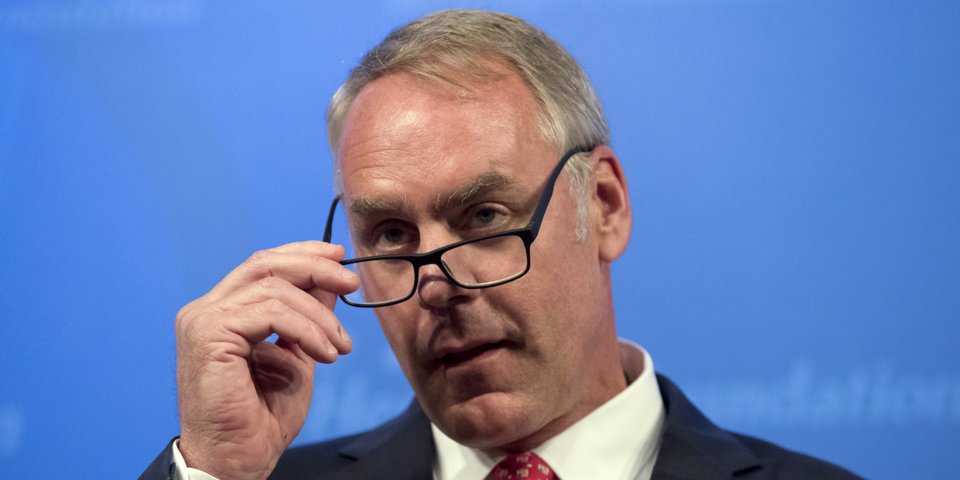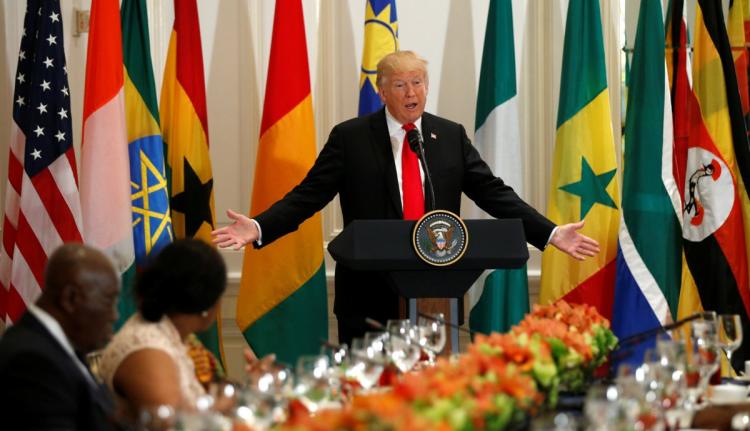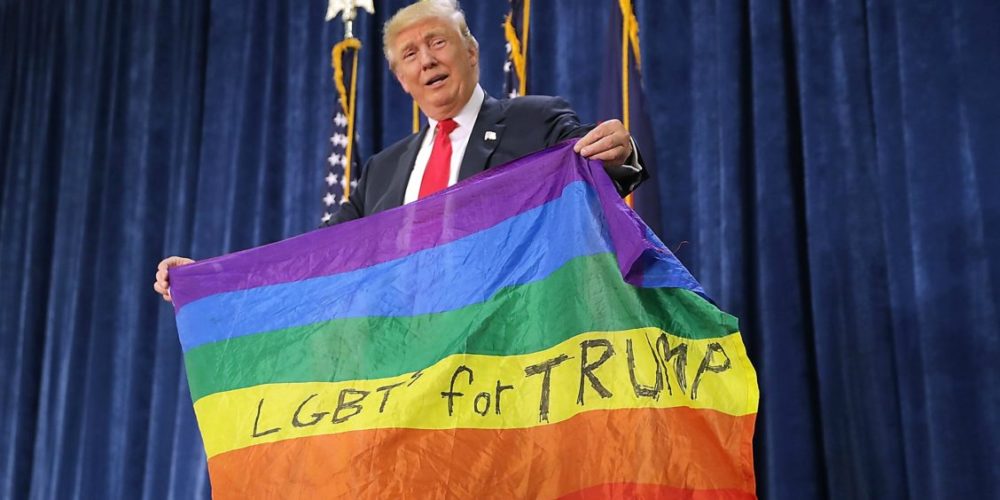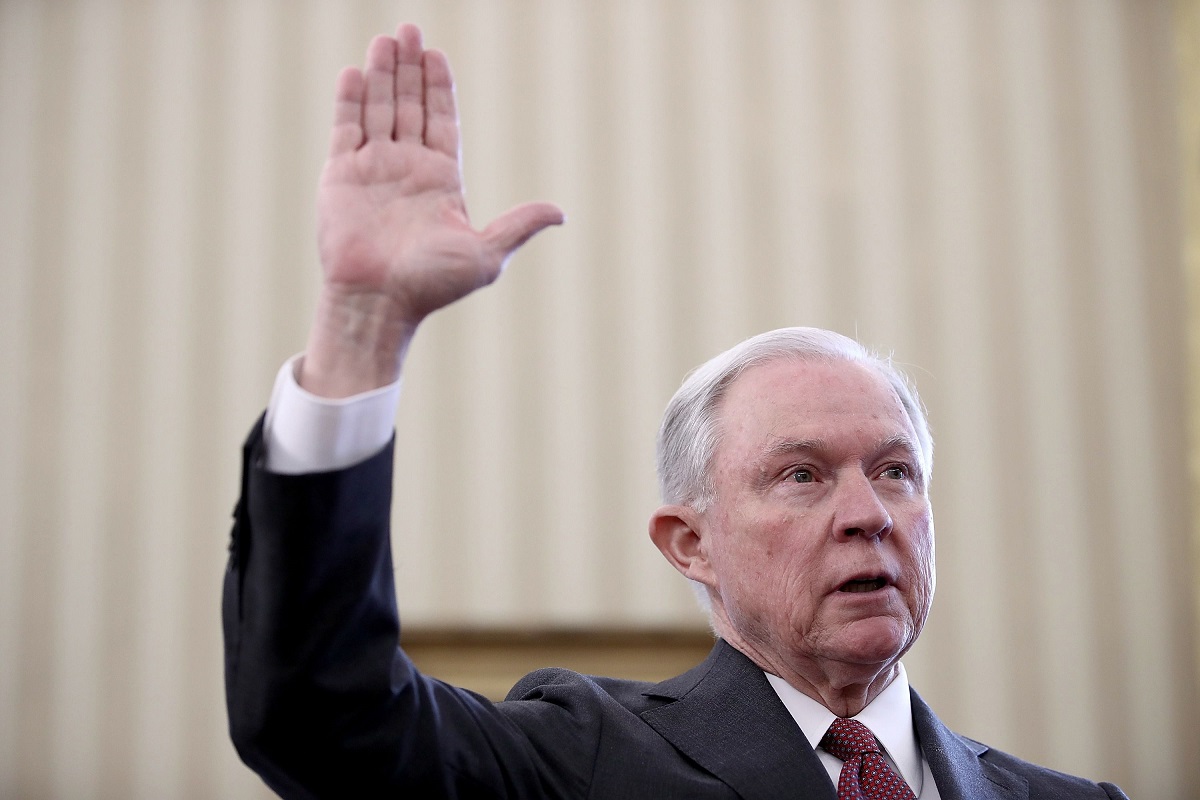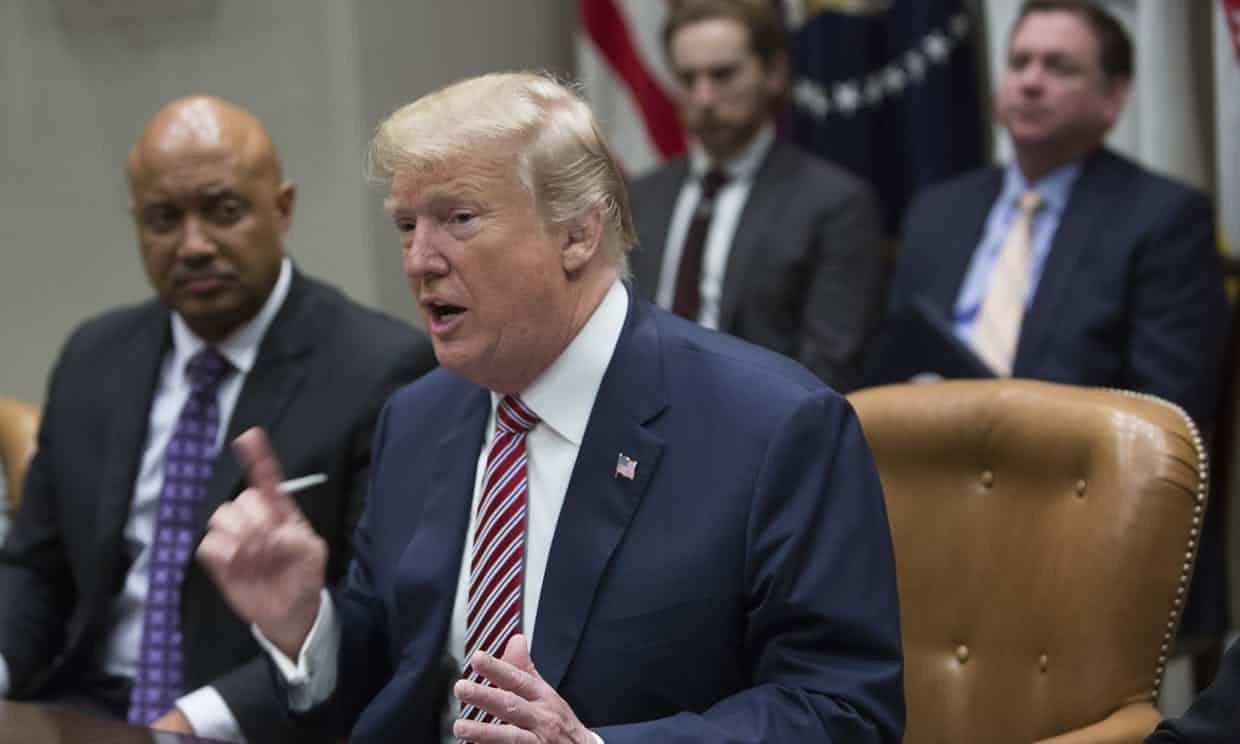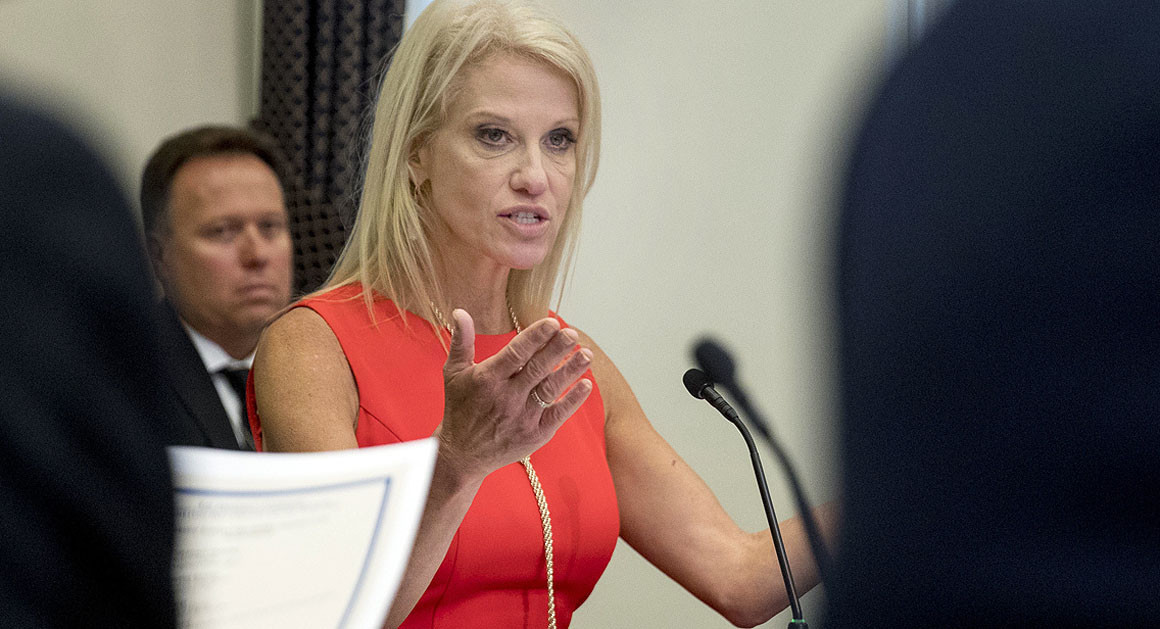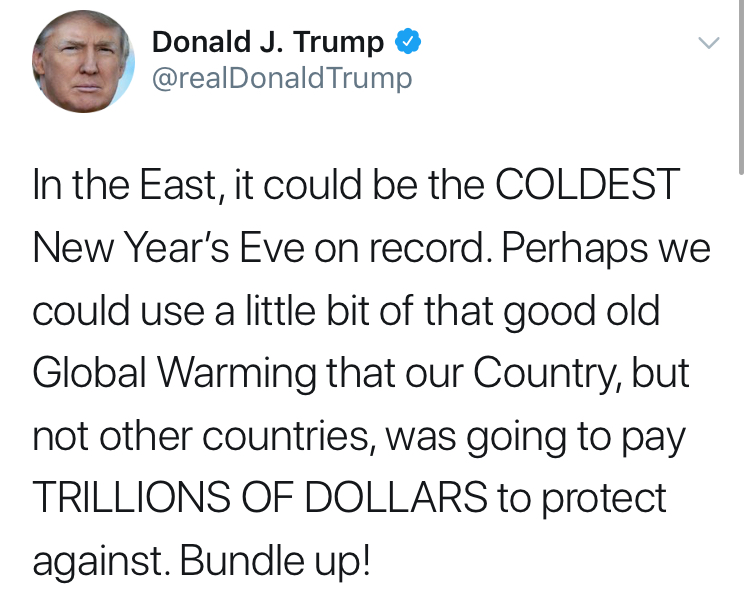Trump’s EPA quietly revamps rules for air pollution

The Trump administration has quietly reshaped enforcement of air pollution standards in recent months through a series of regulatory memos.
The memos are fulfilling the top wishes of industry, which has long called for changes to how the Environmental Protection Agency (EPA) oversees the nation’s factories, plants and other facilities. The EPA is now allowing certain facilities to be subject to less-stringent regulations and is letting companies use friendlier math in calculating their expected emissions.
Environmentalists and public health advocates say the memos could greatly increase levels of air pollutants like mercury, benzene and nitrogen oxides. They accuse the EPA of avoiding the transparency and public input requirements that regulatory changes usually go through.
“All of these, individually and taken together, will result in more air pollution and less enforcement of the Clean Air Act,” said Paul Billings, senior vice president for advocacy at the American Lung Association.
“These were radical departures of current law when they were proposed a decade ago and they’re just as radical today,” he said, referring to the Bush-era efforts, some of which were unsuccessful, to make changes to EPA air programs.
But for the EPA and its supporters, the memos simply bring the agency back to what the relevant laws and regulations are meant to be.
“They address specific concerns that people have had for years, and just make it much simpler for people to comply — especially for existing [facilities] — to make sure they can maintain their plants and replace worn-out components and those types of things, without the threat of enforcement litigation,” said Jeff Holmstead, a former head of the EPA’s air pollution office under the George W. Bush administration who now represents regulated companies at the law and lobbying firm Bracewell.
Bill Wehrum, head of the air office under EPA chief Scott Pruitt, wrote two of the three EPA memos. He recused himself from the third memo, which Pruitt wrote.
The first memo, issued in December, states that the EPA will no longer “second guess” companies’ calculations of their expected pollution output after certain big projects under what is known as New Source Review. Under that program, the EPA reviews the changes made to a facility to decide whether they need to go through the same process as if the facility were newly built.
The December memo effectively means the EPA will usually not take action against a company for its calculations if they turn out to be wrong.
The second memo, issued in January, repeals a Clinton-era policy known as “once in, always in.” Under the previous policy, facilities could never be considered “minor” sources of hazardous pollution if they were already considered “major” sources, and subject to much stricter rules.
Now, facilities can be regulated as “minor” if their emissions drop enough.
The third memo allows companies to use a procedure known as “project netting” when applying for permits for major projects under the New Source Review program. That means companies can use a more industry-friendly emissions calculation when they argue that a particular project would reduce emissions.
President Trump added to the memos last week, signing one himself that formally asks the EPA to use more industry-friendly practices in enforcing the National Ambient Air Quality Standards program, a key Clean Air Act program for air quality nationwide.
John Walke, director for clean air at the Natural Resources Defense Council, said the EPA is working to implement the policies the Bush administration failed to finish.
“I think Mr. Wehrum has decided this is likely a one-term administration and he’s going to devote his full resources to rolling back clean air, climate and public health protections in the time available to him,” Walke said.
“The most expedient and hasty way to accomplish those rollbacks is through the regular guidance documents that we have seen so far from EPA,” he said. “Rulemakings take time, they require public notice and input and hearings, and Mr. Wehrum and Mr. Pruitt plainly have no patience for those tedious fodders.”
Walke said that, taken together, the memos could allow polluting facilities to greatly increase their emissions.
The EPA didn’t respond to requests for comment.
The focus among the memos for environmental and health advocates is the one repealing the “once in, always in” policy, and letting “major” pollution sources reduce their emissions and be regulated as “minor” ones.
A coalition of environmental groups sued the EPA to stop the policy change, arguing that it should have gone through the full regulatory process, including analysis of its environmental impact and an opportunity for public comment. Democratic states joined in with their own lawsuit.
“Instead of prioritizing the health of hard-working Americans, EPA Administrator Scott Pruitt wants to let major polluters off the hook. That is unconscionable, and it is illegal,” said California Attorney General Xavier Becerra (D).
“If the ‘Once In, Always In’ policy is rescinded, children in California and around the country — particularly those who must live near the polluting plant or factory — may grow up in an environment with tons of additional hazardous pollutants in the air they breathe. California will not allow that to happen,” Becerra said.
Two environmental groups opposed to the EPA’s move have put out recent analyses of the change, focused on specific areas of the country.
The Environmental Integrity Project looked at 12 industrial plants in the Midwest and concluded they could increase their pollution to 540,000 pounds annually, a fourfold growth.
The Environmental Defense Fund looked at the Houston area, and said that 18 facilities there could increase their emissions to 900,000 pounds a year, two and a half times current levels.
Holmstead said opponents of the Trump administration’s policy are unlikely to prevail. The Supreme Court ruled in the 2015 Perez v. Mortgage Bankers Association case that federal agencies can repeal policy memos with other policy memos and don’t have to go through the full regulatory process to do so.
“I think the environmental groups are going to have a real uphill battle trying to get through court that this is somehow improper,” he said. “That really does fly in the face of the Perez decision.”
As for the increase in emissions, Holmstead said environmentalists are wrong. In many cases, the new policies will allow facilities to carry out projects that reduce emissions, or simply operate under a lower paperwork burden.
“They have yet to come up with any real-world examples of how that might happen,” Holmstead said of the scenarios in which pollution might increase. “These reforms are not going to lead to pollution increases.
“I don’t think that there will be a meaningful impact one way or another.”
[The Hill]
